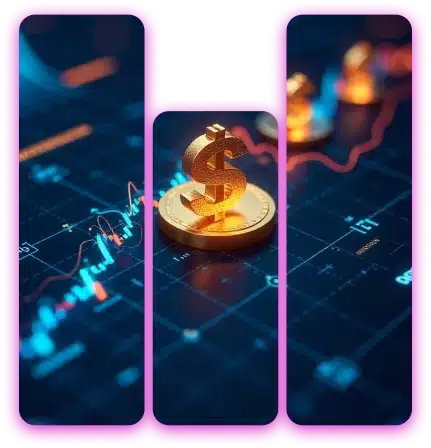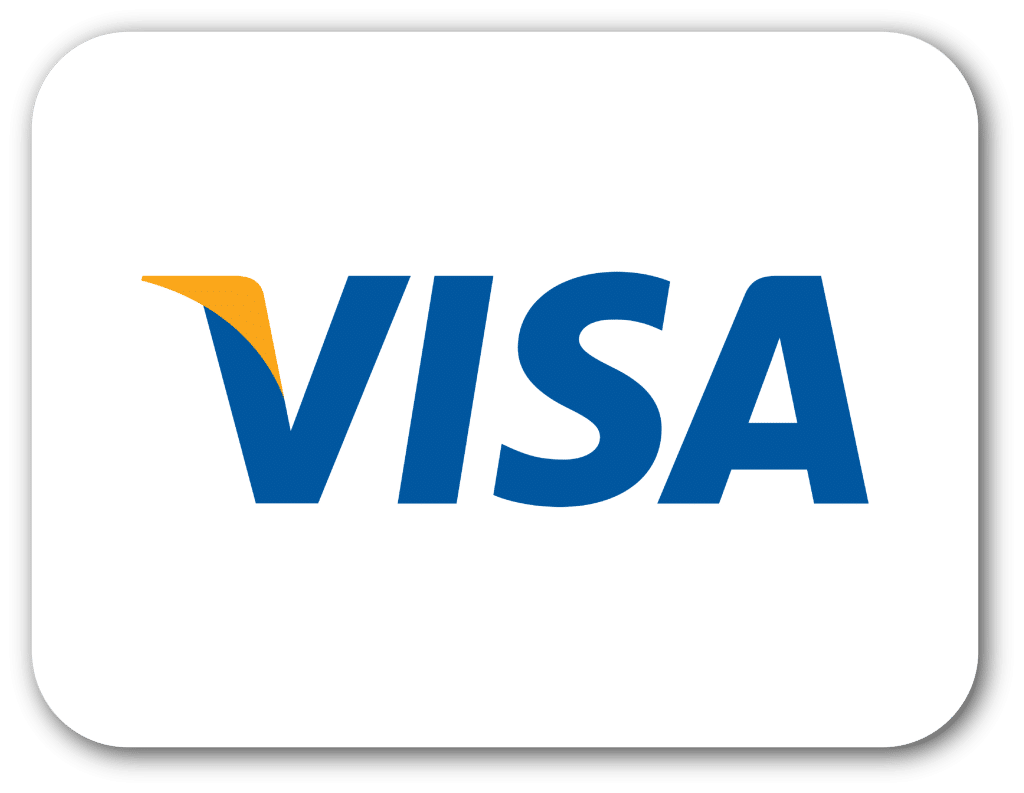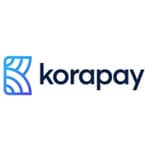- Trading
Conti di Intermediazione
Servizi e Programmi di Trading
- Trading finanziato
- TenAcademy
Centro di apprendimento
Guide
- Partner
Partner
- Company
 ITMenuMenu
ITMenuMenu
Step into the dynamic world of CFD trading! If you’re ready to learn how to trade CFDs, this guide will help both beginners and advanced traders navigate the process with ease. Not sure what CFD trading is? No problem — take a moment to check out our beginner-friendly page about CFD Trading to get you up to speed.

If you’re ready to know how to trade Contracts for Difference, let’s go through the
fundamental analysis in order to help you make informed trading decisions:
CFDs, or Contracts for Difference, is a financial instrument that let you trade on the price movements of financial assets without actually owning them. So how CFD trading works?
When you open a CFD trade, you’re agreeing to exchange the difference in the asset’s price from when you open the trade to when you close it. You can profit from both rising (buy/long) and falling (sell/short) markets. CFDs give you access to markets like stocks, forex, commodities, and indices. Moreover, CFDs are similar to their underlying market. Finally, they also use leverage, meaning you can control a bigger position with a smaller amount of money—and that’s when your risk management strategy comes in handy, unlike traditional investing.
Before you can start trading CFDs, you’ll need to set up a CFD trading account. This will be your gateway to the markets—where you’ll spot new trade ideas, place buy and sell orders, track your profits and losses, and control your risk. Everything you do as a CFD trader happens through your account, making it the essential tool for managing your entire trading journey.
To do so on our CFD trading platform:
1. Sign up on TenTrade
2. Fill out the form
3. Verify your identity
Alternatively, you can open a demo account, which allows you to trade forex CFDs without real money and test your trading skills and strategies.
Successful trading and CFD profit start with a clear plan. Take the time to decide what you want to achieve, how much risk you’re comfortable with, track market prices and the strategies you’ll use to reach your goals. A solid plan keeps your trading focused and helps you avoid making emotional decisions when the market becomes unpredictable.
When trading CFDs, you’ll notice two key prices: the buy price and the sell price. The buy price is what you pay if you think the market will rise, and the sell price is what you accept if you expect it to drop. The small gap between these two prices is called the spread — it’s how brokers earn from each trade.
The prices are linked to the real market value of the asset, with the buy price slightly above and the sell price slightly below. Before placing a trade, decide if you’re betting on the market going up (buy) or down (sell). Always trade wisely and be aware of the risks that come with leverage.
Once your trade is active, your profit or loss will change with every market movement.
You can easily keep an eye on price changes and manage your trade directly from your computer or phone—whether you want to adjust your position, add more, or close it entirely.
Forgot to set a stop-loss or take-profit when opening the trade? No worries—you can still add them at any time to protect your position. If you’ve already set exit levels, you can tweak them as the market shifts to better match your trading plan.
Choosing the right CFD broker is key to trading success for retail investor accounts when it comes to CFD trading.
One of the best things about trading CFDs is the wide variety of markets available to you.
With TenTrade, you can trade hundreds of global markets in one place—whether you’re interested in stocks, commodities, or major indices. It’s all right there on a single platform, giving you the freedom to explore different opportunities across the world.
When choosing your market, pick one that fits your trading style and goals. You’ll also need to decide how you want to trade:
Both offer flexibility, but your approach depends on how long you plan to stay in the trade.
Decide how large your trade should be by thinking about how much risk you’re willing to take, the overall trading value and how much money you have in your account. TenTrade gives you the flexibility to adjust your position size to fit your trading style.
Next, select your leverage level. This lets you control bigger trades with a smaller amount of your own money. TenTrade offers competitive leverage to help you maximize your market opportunities. But keep in mind, leverage can increase both your potential profits and your risks, so use it wisely and always stick to your trading plan.
Before you jump into a trade, it’s smart to think about how you’ll protect your money. One of the best ways to do this is by using risk management tools like stop-loss and limit orders.
A stop-loss order helps you cut your losses if the market moves against you. You set a price where your trade will automatically close to prevent bigger losses. On the other hand, a limit order lets you close your trade at a better price, helping you lock in profits when the market hits your target.
Both tools are simple to set up and free to use. You can add them when you open your trade or any time after.
Once your plan is in place, you’re ready to click “Place Trade” and let your strategy do the work.
Closing a CFD trade is simple: you place a new trade in the opposite direction. For example, if you opened with a buy order for 500 CFDs, you’d close the trade by selling 500 CFDs. If you started with a sell order, you’d buy the same amount to close it.
Most trading platforms have a “close position” button, making it easy to exit your trade with a click.
Once you close the position, your profit or loss is finalised and added to your account balance.
To work out your results yourself, find the difference between your entry and exit prices, multiply it by your trade size, and don’t forget to factor in any fees.
CFDs, or Contracts for Difference, is a financial instrument that let you trade on the price movements of financial assets without actually owning them. So how CFD trading works?
When you open a CFD trade, you’re agreeing to exchange the difference in the asset’s price from when you open the trade to when you close it. You can profit from both rising (buy/long) and falling (sell/short) markets. CFDs give you access to markets like stocks, forex, commodities, and indices. Moreover, CFDs are similar to their underlying market. Finally, they also use leverage, meaning you can control a bigger position with a smaller amount of money—and that’s when your risk management strategy comes in handy, unlike traditional investing.
Choosing the right CFD broker is key to trading success for retail investor accounts when it comes to CFD trading.
Before you can start trading CFDs, you’ll need to set up a CFD trading account. This will be your gateway to the markets—where you’ll spot new trade ideas, place buy and sell orders, track your profits and losses, and control your risk. Everything you do as a CFD trader happens through your account, making it the essential tool for managing your entire trading journey.
To do so on our CFD trading platform:
1. Sign up on TenTrade
2. Fill out the form
3. Verify your identity
Alternatively, you can open a demo account, which allows you to trade forex CFDs without real money and test your trading skills and strategies.
One of the best things about trading CFDs is the wide variety of markets available to you.
With TenTrade, you can trade hundreds of global markets in one place—whether you’re interested in stocks, commodities, or major indices. It’s all right there on a single platform, giving you the freedom to explore different opportunities across the world.
When choosing your market, pick one that fits your trading style and goals. You’ll also need to decide how you want to trade:
Both offer flexibility, but your approach depends on how long you plan to stay in the trade.
Successful trading and CFD profit start with a clear plan. Take the time to decide what you want to achieve, how much risk you’re comfortable with, track market prices and the strategies you’ll use to reach your goals. A solid plan keeps your trading focused and helps you avoid making emotional decisions when the market becomes unpredictable.
Decide how large your trade should be by thinking about how much risk you’re willing to take, the overall trading value and how much money you have in your account. TenTrade gives you the flexibility to adjust your position size to fit your trading style.
Next, select your leverage level. This lets you control bigger trades with a smaller amount of your own money. TenTrade offers competitive leverage to help you maximize your market opportunities. But keep in mind, leverage can increase both your potential profits and your risks, so use it wisely and always stick to your trading plan.
When trading CFDs, you’ll notice two key prices: the buy price and the sell price. The buy price is what you pay if you think the market will rise, and the sell price is what you accept if you expect it to drop. The small gap between these two prices is called the spread — it’s how brokers earn from each trade.
The prices are linked to the real market value of the asset, with the buy price slightly above and the sell price slightly below. Before placing a trade, decide if you’re betting on the market going up (buy) or down (sell). Always trade wisely and be aware of the risks that come with leverage.
Before you jump into a trade, it’s smart to think about how you’ll protect your money. One of the best ways to do this is by using risk management tools like stop-loss and limit orders.
A stop-loss order helps you cut your losses if the market moves against you. You set a price where your trade will automatically close to prevent bigger losses. On the other hand, a limit order lets you close your trade at a better price, helping you lock in profits when the market hits your target.
Both tools are simple to set up and free to use. You can add them when you open your trade or any time after.
Once your plan is in place, you’re ready to click “Place Trade” and let your strategy do the work.
Once your trade is active, your profit or loss will change with every market movement.
You can easily keep an eye on price changes and manage your trade directly from your computer or phone—whether you want to adjust your position, add more, or close it entirely.
Forgot to set a stop-loss or take-profit when opening the trade? No worries—you can still add them at any time to protect your position. If you’ve already set exit levels, you can tweak them as the market shifts to better match your trading plan.
Closing a CFD trade is simple: you place a new trade in the opposite direction. For example, if you opened with a buy order for 500 CFDs, you’d close the trade by selling 500 CFDs. If you started with a sell order, you’d buy the same amount to close it.
Most trading platforms have a “close position” button, making it easy to exit your trade with a click.
Once you close the position, your profit or loss is finalised and added to your account balance.
To work out your results yourself, find the difference between your entry and exit prices, multiply it by your trade size, and don’t forget to factor in any fees.
Let’s say you think Apple’s stock price will rise. You open a buy CFD position on 100 shares at $150. Later, Apple’s price climbs to $160. You close your trade and make a $10 profit per share. That’s $1,000 profit in account cash balance (before costs) without ever owning the actual shares. If the price drops, you will face a loss instead.

Let’s go straight to live markets: Imagine gold is trading at $1,900 an ounce, and you believe it’s going to fall. You open a sell CFD position on 5 ounces. Later, the price drops to $1,850. You close the trade and profit $50 per ounce — a total gain of $250 (excluding fees). This way, you will earn from a falling market without holding any physical gold.
Suppose you expect the Euro to rise against the US Dollar. You open a buy CFD position on EUR/USD at 1.1000 with a trade size of 10,000 units. The exchange rate rises to 1.1050. You close your trade and pocket a 50-pip gain, resulting in a $50 profit, depending on your lot size and leverage. If the price drops, you will make a loss instead. It’s important to always check all the price movements in order to know what to trade next.

This is one of the easiest ways to trade CFDs. You simply follow the market’s direction. If prices are rising steadily, you open a buy (long) CFD; if prices are falling, you open a sell (short) CFD. Traders often use moving averages or trendlines to spot these trends. The key is to ride the wave while it lasts and exit before the market reverses.

This is one of the easiest ways to trade CFDs. You simply follow the market’s direction. If prices are rising steadily, you open a buy (long) CFD; if prices are falling, you open a sell (short) CFD. Traders often use moving averages or trendlines to spot these trends. The key is to ride the wave while it lasts and exit before the market reverses.

Financial news can cause sudden price swings. With this strategy, traders watch for economic reports, company earnings, or geopolitical events that could shake up the markets. For example, a strong jobs report in the U.S. might boost the dollar, while negative news about oil supply could send crude prices down. By reacting quickly to the news, CFD traders try to capture short-term profits.These strategies all require smart risk management—because no market movement is guaranteed. But with practice, they can help you find great CFD trading opportunities.
See here why you should open a trading account with TenTrade for CFD trading:

Contracts for difference let you trade a wide range of markets with low upfront capital and the chance to profit from both rising and falling prices. However, leverage can amplify losses, and fees like spreads and overnight charges may add up.
Begin by choosing a regulated contracts for difference forex broker, opening a trading account, and practicing with a free demo account. Once comfortable, fund your account and start placing trades based on your research and plan.
The best strategy to trade CFDs depends on your style, but many traders find success with trend following, breakout trading, or news-based strategies paired with solid risk management – without them, you can start losing money rapidly.
Sì, il capitale disponibile nel tuo conto può influenzare la leva utilizzabile. Maggiore è il capitale, maggiori saranno le posizioni che potrai aprire con leva più alta, anche se i broker possono imporre dei limiti per gestire il rischio.









AVVISO SUI RISCCHI DELL'INVESTIMENTO I CFD (Contratti per differenza) sono prodotti con leva finanziaria. Il trading su CFD Over-The-Counter (OTC) e Materie Prime, Forex, Indici e Azioni comporta un alto livello di rischio di perdere l'intero investimento. Pertanto, i CFD potrebbero non essere adatti a tutti gli investitori. Non si deve investire più di quello che si è disposti a perdere. Prima della negoziazione è necessario essere consapevoli di tutti i rischi associati al trading di CFD OTC e avvalersi di una consulenza finanziaria indipendente e autorizzata. I risultati passati non costituiscono un indicatore affidabile dei risultati futuri. Le performance passate o simulate non sono un indicatore affidabile per i risultati futuri. Tutto il materiale pubblicato sul sito non deve essere inteso come consulenza di investimento. Per ulteriori informazioni si prega di prendere completa visione della Politica Generale di Divulgazione dei Rischi.
Disclaimer: Information on this site is not directed at residents in any country or jurisdiction where such distribution or use would be contrary to local law or regulation
TenTrade is a brand name of Evalanch Ltd (hereinafter the “Company”) which is Licensed and regulated by the Seychelles Financial Services Authority with license number SD082.
Evalanch Ltd, with registration number 8429760-1, has its office registered at CT House, Office 9A, Providence, Mahe, Seychelles

Copyright ©2025 TenTrade. All rights reserved.